 |
| Image of a US pilot carrying a baby evacuating from Dominica island, September 27, 2017. (Source: Getty Images) |
CNN recently published a report by the United Nations Children's Fund (UNICEF) in an article illustrated with a photo of a US Navy pilot carrying a baby onto a plane, preparing to evacuate the island of Dominica to avoid Hurricane Maria.
According to UNICEF, between 2016 and 2021, hurricanes that swept across the Caribbean island nation of Dominica displaced 76% of children.
Children are a priority in this new world of disasters. Yet, the number of children forced to relocate due to weather-related disasters is not small.
According to the analysis report “Children displaced in a changing climate” released by UNICEF on October 6, in just six years, since 2016, more than 43 million children in 44 countries have been displaced, equivalent to about 20,000 children displaced every day due to natural disasters. Of which, South Sudan and Somalia have the highest rates of children displaced by floods, with rates of 11% and 12% respectively. Meanwhile, drought in Somalia, Ethiopia and Afghanistan has forced more than 1.3 million children to leave their homes.
UNICEF estimates that 19 million children are displaced in East Asia and the Pacific alone, accounting for more than 44% of the global total. The leading causes are floods (12 million) and storms (more than 6 million).
Strengthening response activities
Also during the 2016-2021 period, about 930,000 children in Vietnam were displaced by floods, storms and droughts.
Vietnam, along with other countries such as China, the Philippines and Indonesia, is among the top 10 countries with the highest number of children displaced from their homes due to facing extreme weather conditions.
UNICEF Representative in Vietnam, Ms. Rana Flowers, said: “The consequences that happened in Vietnam have confirmed that children are heavily affected by the climate crisis, not only in terms of health but also in other aspects of development.”
A UNICEF report predicts that riverine flooding could displace nearly 96 million children globally over the next 30 years. Hurricane winds and storm surges are likely to displace 10.3 million and 7.2 million children, respectively, over the same period.
“It is frightening for any child to witness or experience a devastating bushfire, storm or flood in their community,” said UNICEF Executive Director Catherine Russell. “For those forced to flee, the fear and impact can be particularly severe, with children worried about whether they will be able to return home and continue their education. Lives may be saved by evacuation, but it can also cause significant disruption.”
As the impacts of climate change increase, so does the climate movement. “We have the tools and knowledge to respond to the growing challenges facing children, but we are moving too slowly,” Ms. Russell stressed.
UNICEF Executive Director said there is a need to strengthen community support activities to prepare and protect children at risk of displacement and support those who have already been displaced.
Stabilizing housing and life needs to go hand in hand with protecting children from the effects of climate change as well as armed conflicts that are taking place in many places around the world.
On the occasion of the International Day of the Girl Child on October 11, the African Forum on Children Affected by Armed Conflict (APCAAC) called on countries to make new commitments to protect the rights and welfare of children in general and girls in particular.
According to APCAAC, in conflict situations, girls are subjected to systematic violations of their rights, causing physical, mental and emotional impacts.
The statement emphasized that protecting the future and realizing the dreams of girls is also the spirit of the theme: "Investing in girls' rights: Our leaders, our lives" that this year's International Day of the Girl aims for.
Limit the harmful effects of social networks
Not only protecting children from natural threats, protecting children from dangers in cyberspace is also emphasized.
The “Stop Addictive Feed Mining of Children Act,” introduced by New York state lawmakers, would help curb what it says are harmful and addictive features of social media for children. The bill would allow users under 18 and their parents to opt out of receiving feeds driven by algorithms that mine users’ personal data.
The bill would also allow users and parents to block access to social media platforms between 12 midnight and 6 a.m. or limit the total number of hours minors can be online each day.
The bills all target social media platforms like Facebook, Instagram, TikTok, Twitter, and YouTube, whose feeds include user-generated content, along with other material the platforms suggest to users based on their personal data. “This is a huge problem that we all feel strongly about and that needs to be addressed,” New York Attorney General Letitia James said. “Across the United States, children and teens are facing dramatically high rates of depression, anxiety, suicidal thoughts, and other mental health issues, largely due to social media.” Other states including Arkansas, Louisiana, and Utah have passed bills requiring social media platforms to get parental consent before creating accounts for teens.
In the context of today's world full of complex and unpredictable changes, children around the world always need to be loved, cared for and protected.
Source






![[Photo] Parade to celebrate the 50th anniversary of Laos' National Day](/_next/image?url=https%3A%2F%2Fvphoto.vietnam.vn%2Fthumb%2F1200x675%2Fvietnam%2Fresource%2FIMAGE%2F2025%2F12%2F02%2F1764691918289_ndo_br_0-jpg.webp&w=3840&q=75)
![[Photo] Worshiping the Tuyet Son statue - a nearly 400-year-old treasure at Keo Pagoda](/_next/image?url=https%3A%2F%2Fvphoto.vietnam.vn%2Fthumb%2F1200x675%2Fvietnam%2Fresource%2FIMAGE%2F2025%2F12%2F02%2F1764679323086_ndo_br_tempimageomw0hi-4884-jpg.webp&w=3840&q=75)


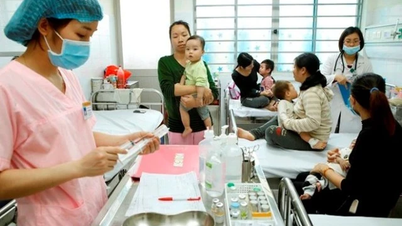

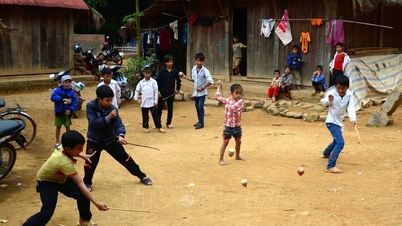




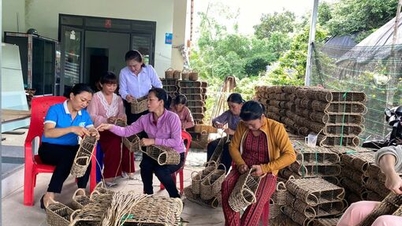

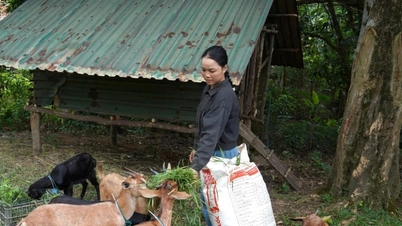

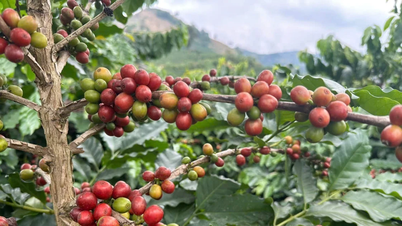

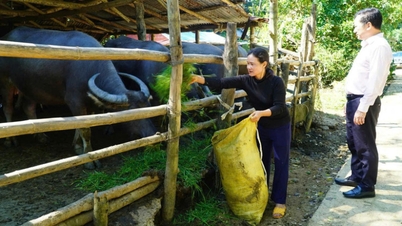

![Tue Tinh gets rich from the fields: [Article 3] Chili plants take root to reduce poverty](https://vphoto.vietnam.vn/thumb/402x226/vietnam/resource/IMAGE/2025/12/02/1764640627872_img_5015-221526_666-085700.jpeg)

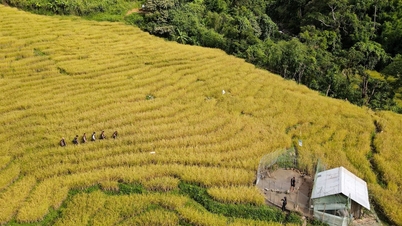

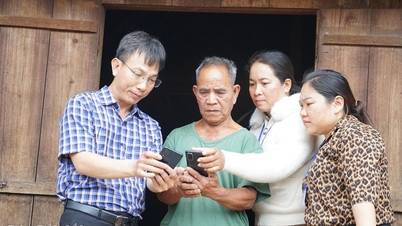






















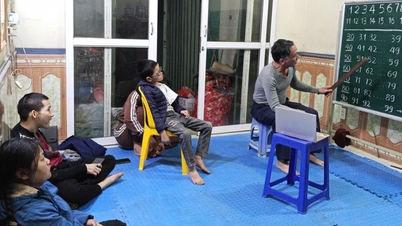





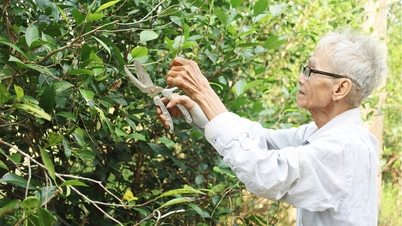

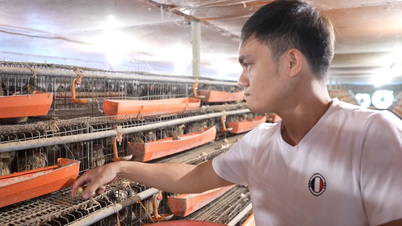
























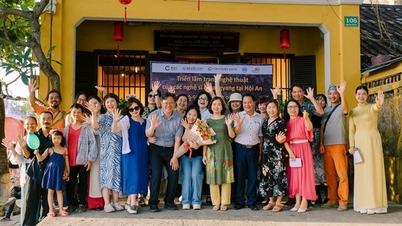







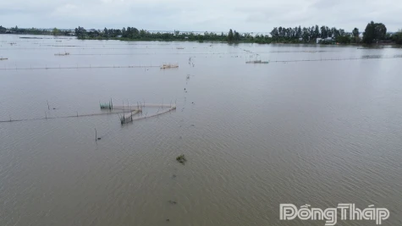

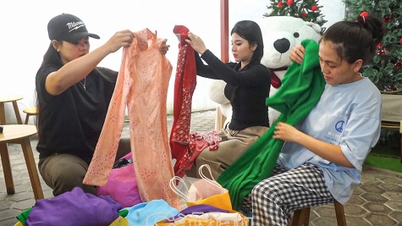
















Comment (0)